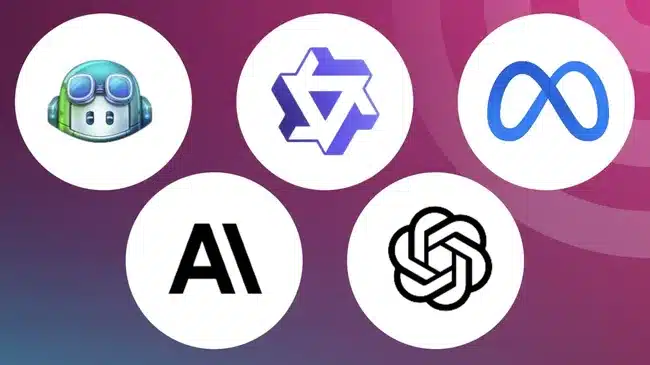In the realm of software development, the advent of Large Language Models (LLMs) has revolutionized how developers approach coding tasks. These advanced AI-powered models leverage vast datasets and sophisticated algorithms to assist programmers in writing code more efficiently, debugging effectively, and exploring new solutions to complex problems. As the demand for smarter coding tools grows, several standout LLMs have emerged, each offering unique features tailored to enhance productivity across various programming languages and frameworks.
Understanding Large Language Models (LLMs)
Large Language Models are AI-driven tools designed to understand and generate human-like text based on extensive training on diverse datasets. They excel in natural language processing (NLP) tasks, including code generation, code completion, bug detection, and even providing explanations and documentation for code snippets. By leveraging machine learning techniques, LLMs can adapt to user input and context, making them invaluable companions for developers seeking to streamline their workflow.
Top Large Language Models (LLMs) for Coding
- GPT-3 (Generative Pre-trained Transformer 3): Developed by OpenAI, GPT-3 is one of the most widely recognized LLMs known for its versatility in generating human-like text across various domains, including coding. It excels in code completion tasks and provides contextual suggestions that aid developers in writing cleaner and more efficient code.
- GitHub Copilot: Powered by OpenAI’s Codex, GitHub Copilot integrates directly into the coding environment, offering real-time suggestions and completions based on the context of the code being written. It supports multiple programming languages and has gained popularity for its ability to accelerate coding tasks.
- Codex by OpenAI: Codex is an API developed by OpenAI that powers tools like GitHub Copilot. It combines deep learning with a vast repository of code to provide intelligent code suggestions, refactorings, and even automated code generation based on natural language descriptions.
- TabNine: TabNine utilizes a deep learning model to provide code completions and suggestions based on the patterns it learns from millions of code examples. It supports a wide range of programming languages and IDEs, enhancing coding efficiency by predicting the next lines of code.
- Kite: Kite is an AI-powered coding assistant that integrates with popular IDEs and editors. It offers features like code completions, documentation retrieval, and context-aware suggestions, leveraging machine learning models trained on large-scale code repositories.
Benefits of Using Large Language Models (LLMs) for Coding
- Increased Productivity: LLMs automate repetitive coding tasks, allowing developers to focus on higher-level design and problem-solving.
- Enhanced Code Quality: By providing intelligent suggestions and bug detection, LLMs contribute to writing cleaner, more maintainable code.
- Learning and Exploration: Developers can explore new libraries, frameworks, and coding paradigms with the guidance of LLMs, accelerating learning curves.
Applications in Software Development
Large Language Models are versatile tools with applications across various stages of software development:
- Code Completion and Generation: Automating routine coding tasks and generating boilerplate code.
- Debugging and Error Detection: Identifying potential bugs and offering solutions in real-time.
- Documentation and Explanation: Providing documentation and explanations for code snippets, enhancing collaboration and knowledge sharing among developers.
Conclusion
As the capabilities of Large Language Models continue to evolve, their role in enhancing coding efficiency and productivity is set to expand. Whether through advanced code completion, bug detection, or automated refactoring, LLMs are reshaping the landscape of software development, empowering developers to achieve more in less time.













